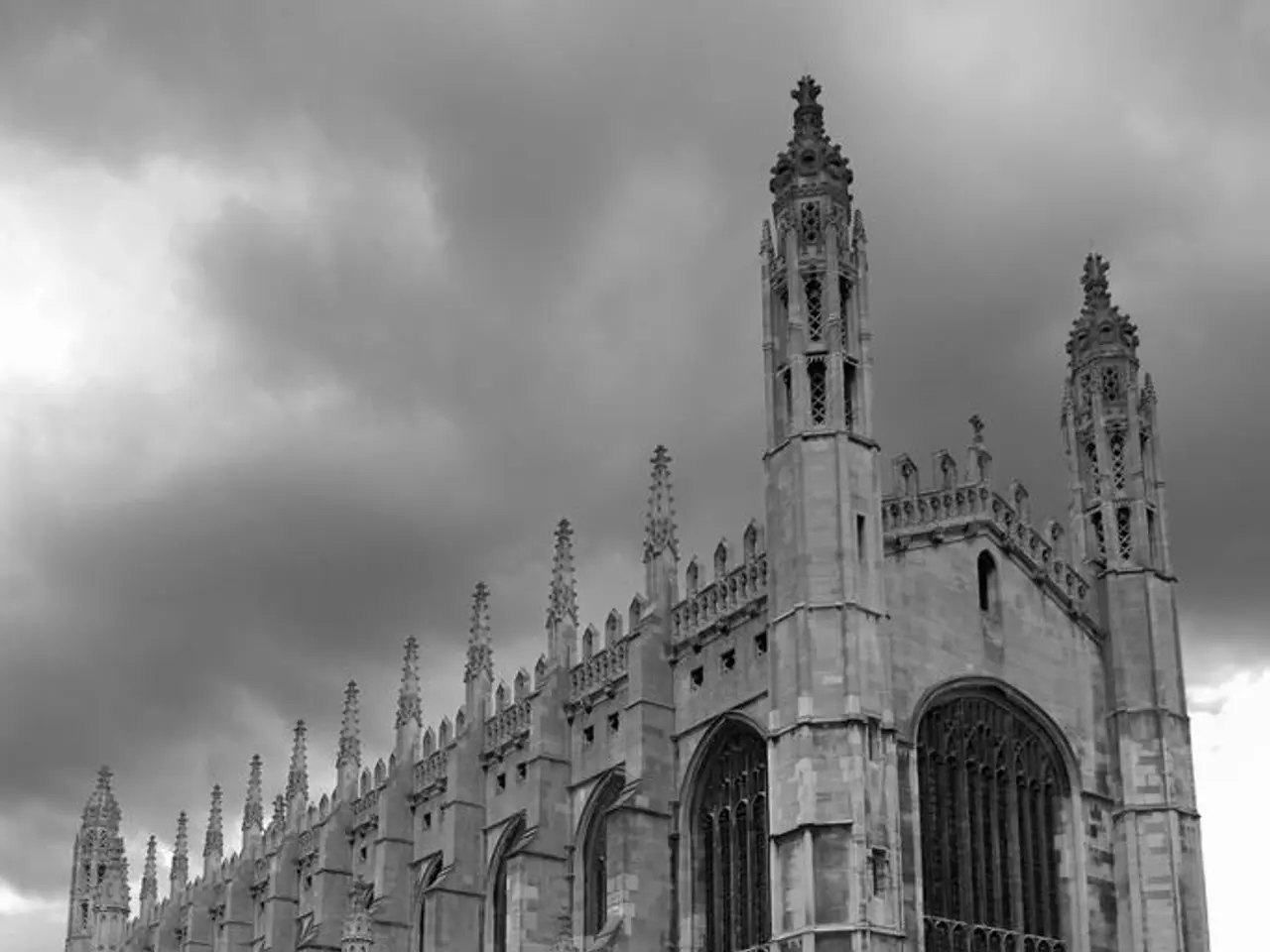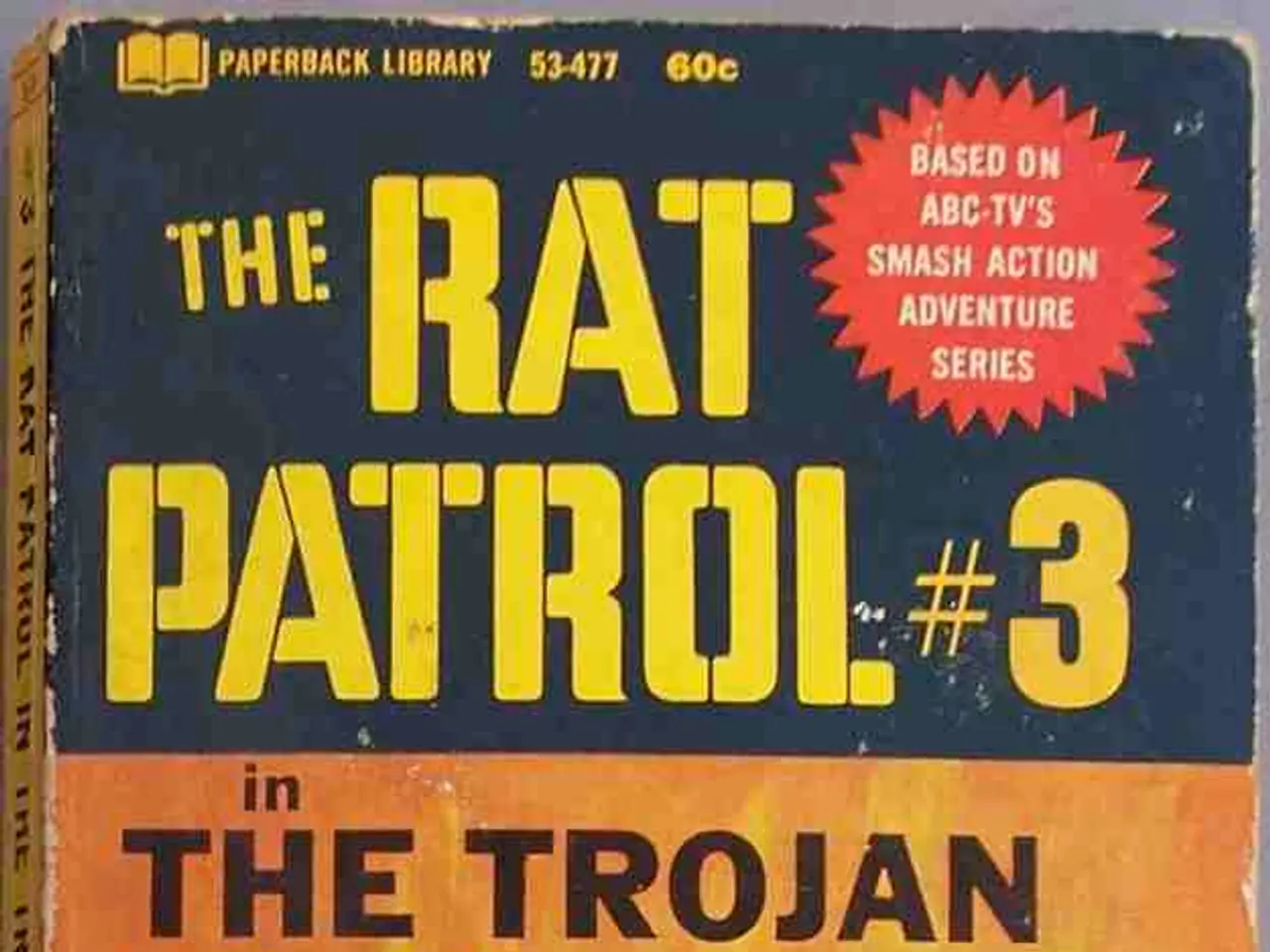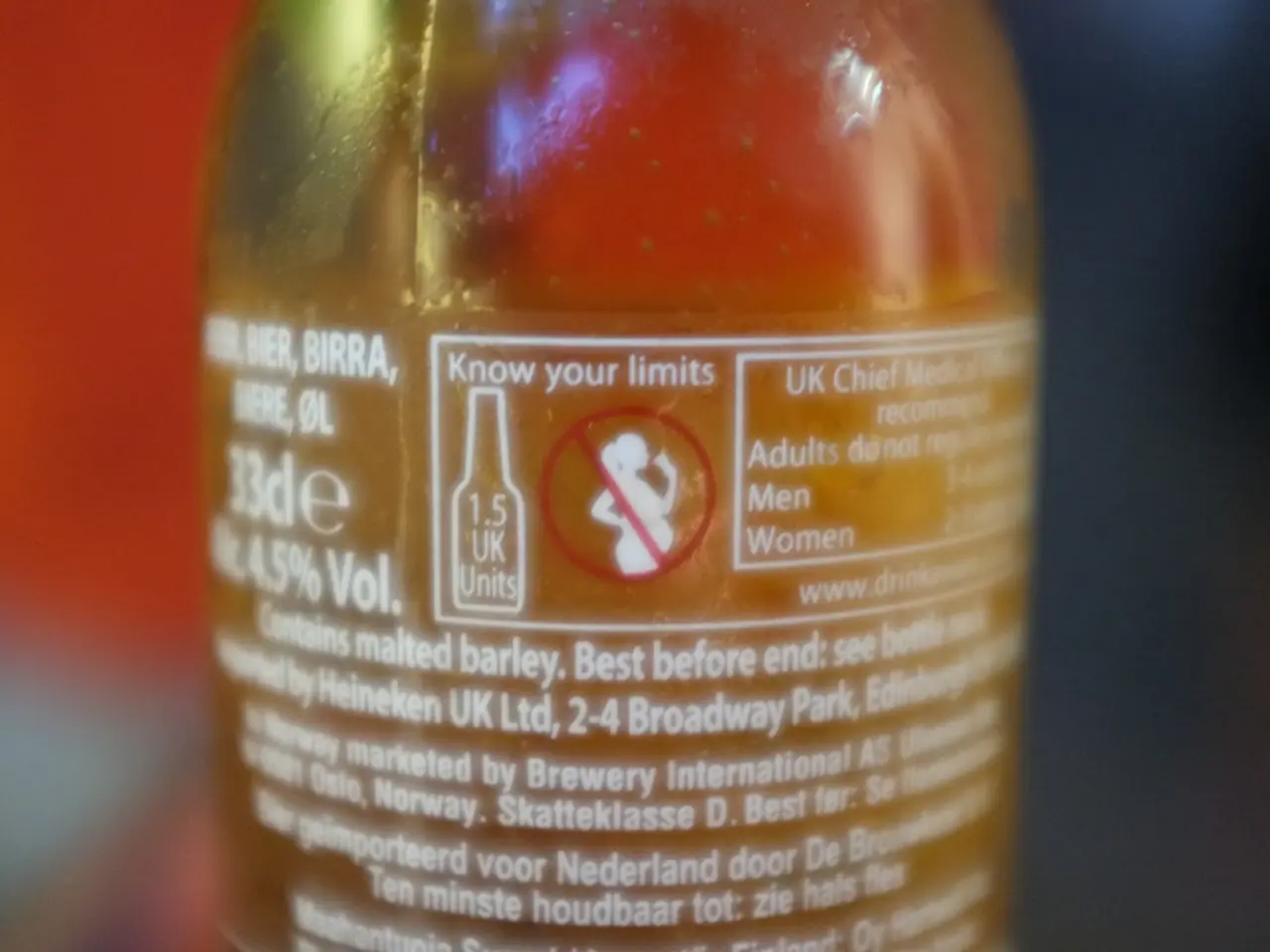Treatment approaches for Scheuermann disease: an exploration.
In the realm of orthopaedic surgery, a common approach for treating severe cases of Scheuermann's disease, a condition characterised by spinal curvature and significant pain, is spinal fusion with osteotomy. This procedure aims to correct the kyphotic curve, restore a more natural spinal alignment, and prevent further deterioration.
The primary technique employed in this surgery is spinal fusion. This involves permanently joining the affected vertebrae using bone grafts and instrumentation such as pedicle screws and rods. This process stabilises the spine and prevents the progression of curvature.
In more severe cases, osteotomy, or bone removal techniques, may be utilised to allow for more effective realignment of the spine. The approach for this surgery can vary depending on individual anatomy and severity, and it may be performed from the back, front, or a combination of both.
The ultimate goal of this surgery is to provide pain relief, correct the deformity, and prevent neurological compromise or further deterioration. Postoperative recovery typically involves a hospital stay followed by a rehabilitation program focused on strength, flexibility, and proper posture.
Reports suggest that complications such as post-surgical movement disorders can be managed with adjunct therapies like muscle relaxants and botulinum toxin, although such issues are less common.
It's worth noting that Scheuermann disease affects both males and females equally, and it commonly manifests in individuals between the ages of 10-18. The condition is often characterised by a curvature between 45-75 degrees, with about one-third of people with Scheuermann's disease developing scoliosis, a spinal problem where the spine curves from side to side.
Nonsurgical treatment options for Scheuermann's disease include bracing, physical therapy, the use of NSAIDs, stretching, and lifestyle modifications. The Milwaukee brace is the most common treatment for adolescents with a curve of under 75 degrees.
However, in severe cases, surgery may be recommended. Potential surgical options include posterior spinal fusion, anterior spinal fusion, or a combination of both. The goal of surgery is to put the spine back into proper alignment and alleviate symptoms.
As with any surgery, potential complications may arise. These can include pseudoarthrosis, hardware failure, deformity progression, pneumothorax, gastrointestinal obstruction, junctional kyphosis, persistent postoperative back pain, hemothorax, pulmonary emboli, infection, and reduced lung capacity that can lead to heart issues.
If a child or teenager is experiencing rounding of the upper back and back pain, it is advisable to consult a healthcare professional. Early diagnosis and treatment can help manage the condition effectively.
- Despite being a chronic disease, Scheuermann's disease, a medical condition involving spinal curvature and pain, can be effectively treated with therapies and treatments like spinal fusion and osteotomy.
- Science has advanced in the field of health and wellness, offering various treatment options for people dealing with chronic diseases like Scheuermann's, which includes the possibility of surgery for severe cases.
- Fitness and exercise play a crucial role in postoperative recovery for patients who undergo spinal fusion surgery for severe Scheuermann's disease, as they work to rebuild strength, flexibility, and maintain proper posture.
- Scoliosis, a spinal problem where the spine curves from side to side, is a common complication experienced by about one-third of people with Scheuermann's disease, a type of chronic disease.
- Cardiovascular health can be affected by respiratory conditions, which can arise as complications from surgeries aimed at correcting spinal deformities associated with Scheuermann's disease.
- Neurological disorders and skin conditions can potentially arise as complications following surgeries used to treat Scheuermann's disease, highlighting the importance of careful monitoring and adjunct therapies during and after the surgical process.




